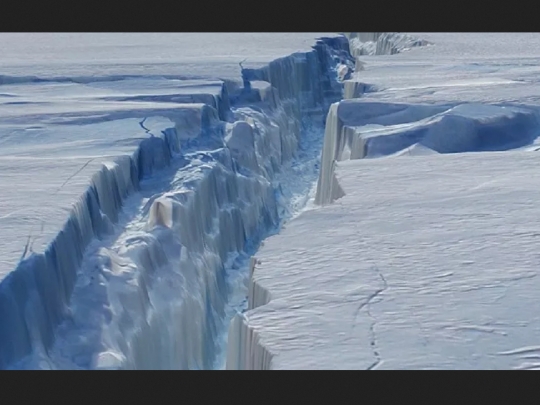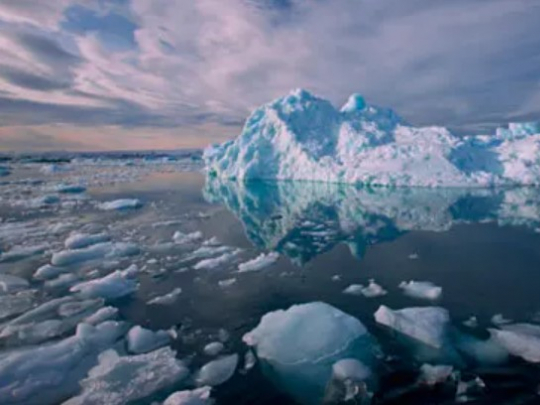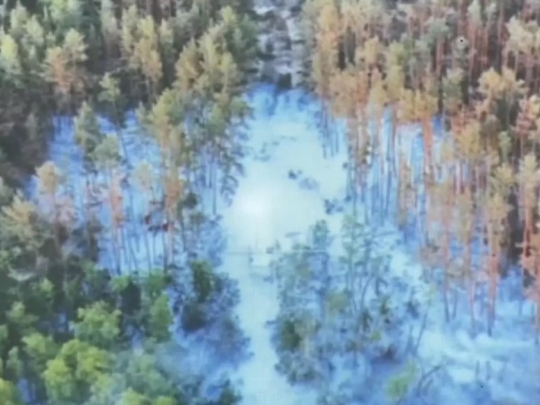Collapse of Antarctica’s ‘Doomsday Glacier’ Could Increase Sea Levels by 6 Feet

Scientists have issued new warnings over the Thwaites Glacier in the Amundsen Sea in West Antarctica, saying its collapse could result in substantial sea-level rises.
In interviews with the Financial Times, several scientists noted that the collapse of the ice mass - which has been referred to as the “doomsday glacier” - could increase sea levels by around 65 centimeters by itself. However, its fall could lead to a runaway collapse of other ice in West Antarctica, causing sea levels to increase by up to 6 feet.
The Thwaites Glacier’s melting is already responsible for about 4% of global sea-level rises, according to the scientists.
Paul Cutler, program director for Antarctic glaciology at the US National Science Foundation, told the Financial Times the Thwaites Glacier “is a keystone for the other glaciers around it in West Antarctica ... If you remove it, other ice will potentially start draining into the ocean too.”
Cutler also noted that the glacier is losing ice at an accelerating pace.
“The big question is how quickly it becomes unstable. It seems to be teetering at the edge,” Cutler said.
Over the last three decades, the volume of ice flowing from the glacier, which is about the size of Great Britain, has nearly doubled, and the formation seems particularly susceptible to climate change.
Rob Larter, the UK’s principal investigator for the Thwaites Glacier Project at the British Antarctic Survey, referred to the mass of ice as “the most vulnerable place in Antarctica” in an interview with the Financial Times.
According to the Thwaites Glacier Project, an organization dedicated to investigating the ice formation, the glacier is “rapidly changing.”
“Warm ocean water from the Amundsen Sea circulates under the ice, causing it to melt. Melting loosens the ice from the bedrock below, causing it to flow faster and eventually to retreat into the deeper and thicker ice areas where it is likely to speed up still more,” the website of the International Thwaites Glacier Collaboration (ITGC) explains.
In January, scientists detected alarmingly warm ocean water underneath the Thwaites Glacier for the first time. The warm water could accelerate the glacier’s melting and contribute to a 10-foot sea level rise, Eric Rignot, a co-investigator for the ITGC’s MELT project, told Sputnik at the time.
- Source : Sputniknews.com


















